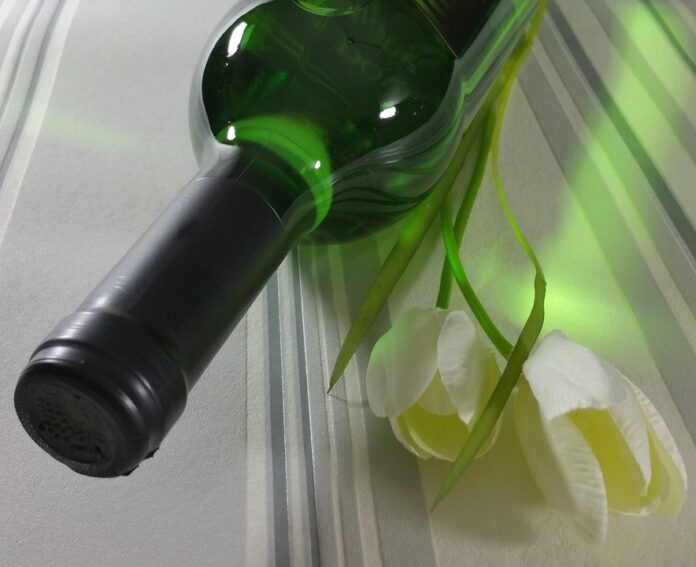The Role of Lees Aging in Enhancing Premium White Wines
Introduction
Lees aging is a winemaking technique that involves leaving the wine in contact with the dead yeast cells (lees) after fermentation. This process adds texture, complexity, and richness to the wine, particularly in premium white wines. In this report, we will delve into how lees aging impacts the flavor profile and quality of white wines, as well as its significance in the wine industry.
Understanding Lees Aging
Lees are the residual yeast cells that settle at the bottom of the fermentation vessel after the primary fermentation process is complete. Rather than immediately removing the lees, winemakers can choose to leave the wine in contact with the lees for an extended period, a technique known as lees aging. During this time, the wine undergoes a process called autolysis, where the yeast cells break down and release compounds that contribute to the wine’s flavor and texture.
Impact on Flavor Profile
Lees aging imparts distinct characteristics to white wines, including creaminess, richness, and complexity. The autolytic process releases compounds such as mannoproteins, polysaccharides, and amino acids, which contribute to a fuller mouthfeel and enhanced aromas. These compounds also interact with the wine’s acids, sugars, and phenolics, resulting in a more balanced and harmonious flavor profile.
Texture and Mouthfeel
One of the key benefits of lees aging in white wines is the improvement in texture and mouthfeel. The presence of lees in the wine adds a velvety smoothness and roundness to the palate, creating a more satisfying and lingering finish. This enhanced mouthfeel is particularly desirable in premium white wines, where a luxurious and creamy texture is often a hallmark of quality.
Industry Insights
Lees aging is a common practice among winemakers producing premium white wines, especially those made from grape varieties like Chardonnay and Sauvignon Blanc. Many renowned wine regions, such as Burgundy in France and Marlborough in New Zealand, are known for their use of lees aging to enhance the quality and complexity of their white wines. Consumers often seek out white wines that have undergone lees aging for their superior texture and depth of flavor.
Financial Data and Market Trends
The demand for premium white wines with enhanced texture and richness has been steadily increasing in recent years. As a result, wineries that specialize in lees-aged white wines have seen growth in sales and market share. According to industry reports, the global market for premium white wines is projected to continue growing, with a focus on quality and craftsmanship driving consumer preferences.
Conclusion
In conclusion, lees aging plays a crucial role in adding texture and richness to premium white wines. The autolytic process that occurs during lees aging enhances the flavor profile, texture, and mouthfeel of the wine, making it more appealing to discerning consumers. As the demand for high-quality white wines continues to rise, winemakers will likely continue to utilize lees aging as a key technique in producing exceptional white wines.



